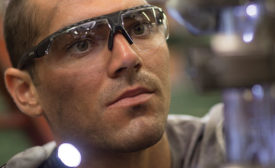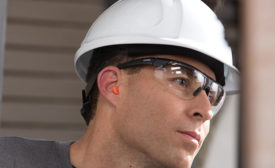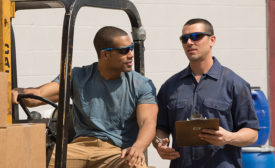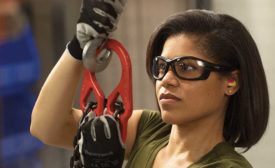Wanda Sanchez-Miller
Wanda Sanchez-Miller, senior product marketing manager, Uvex safety eyewear, Honeywell Safety and Productivity Solutions.
ARTICLES
Assess eye hazards and ensure safety eyewear fits properly
One size doesn’t fit all
October 1, 2017
Get our new eMagazine delivered to your inbox every month.
Stay in the know on the latest safety trends.
SUBSCRIBE TODAYCopyright ©2024. All Rights Reserved BNP Media.
Design, CMS, Hosting & Web Development :: ePublishing



